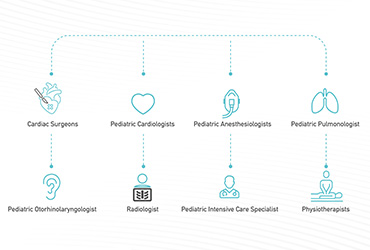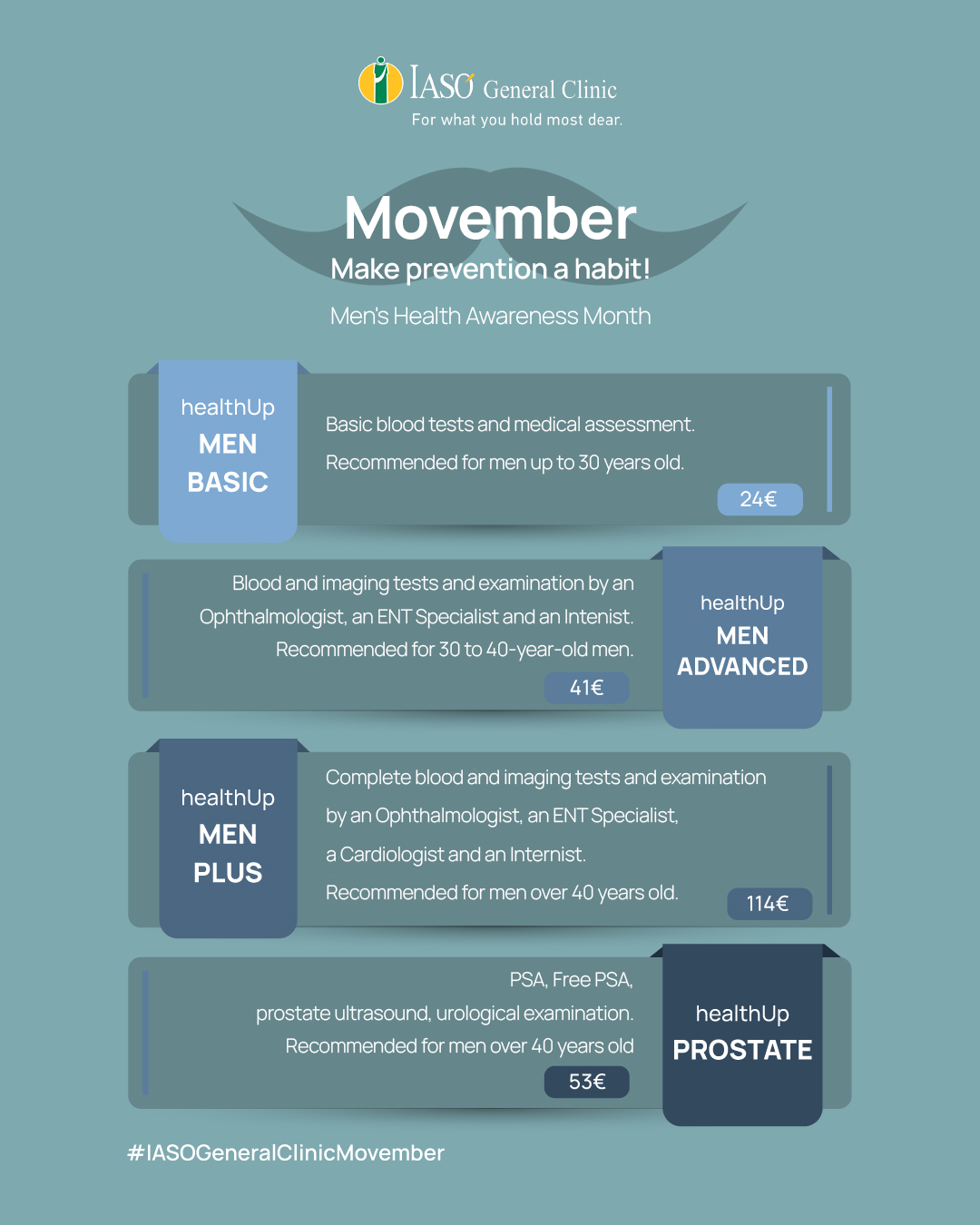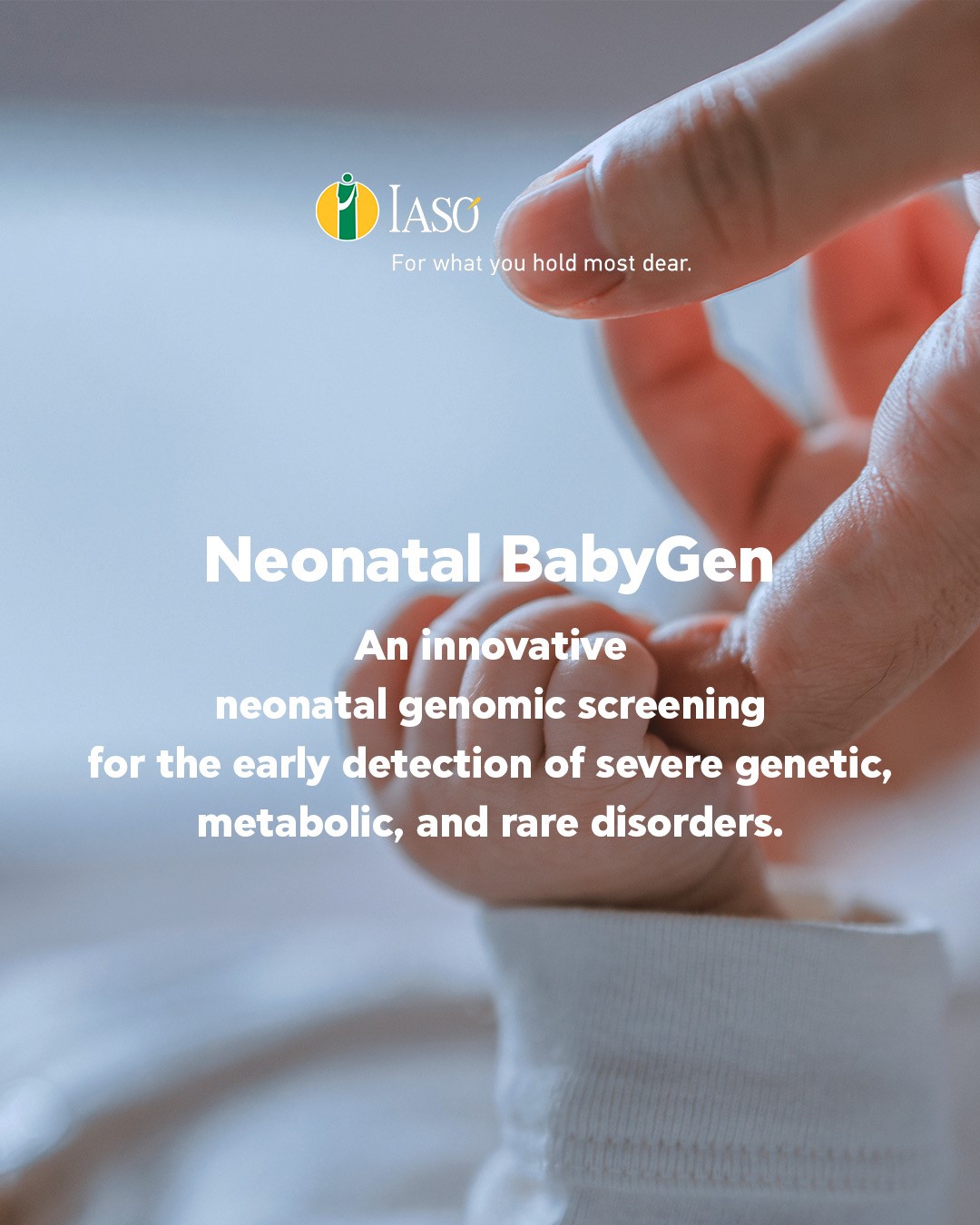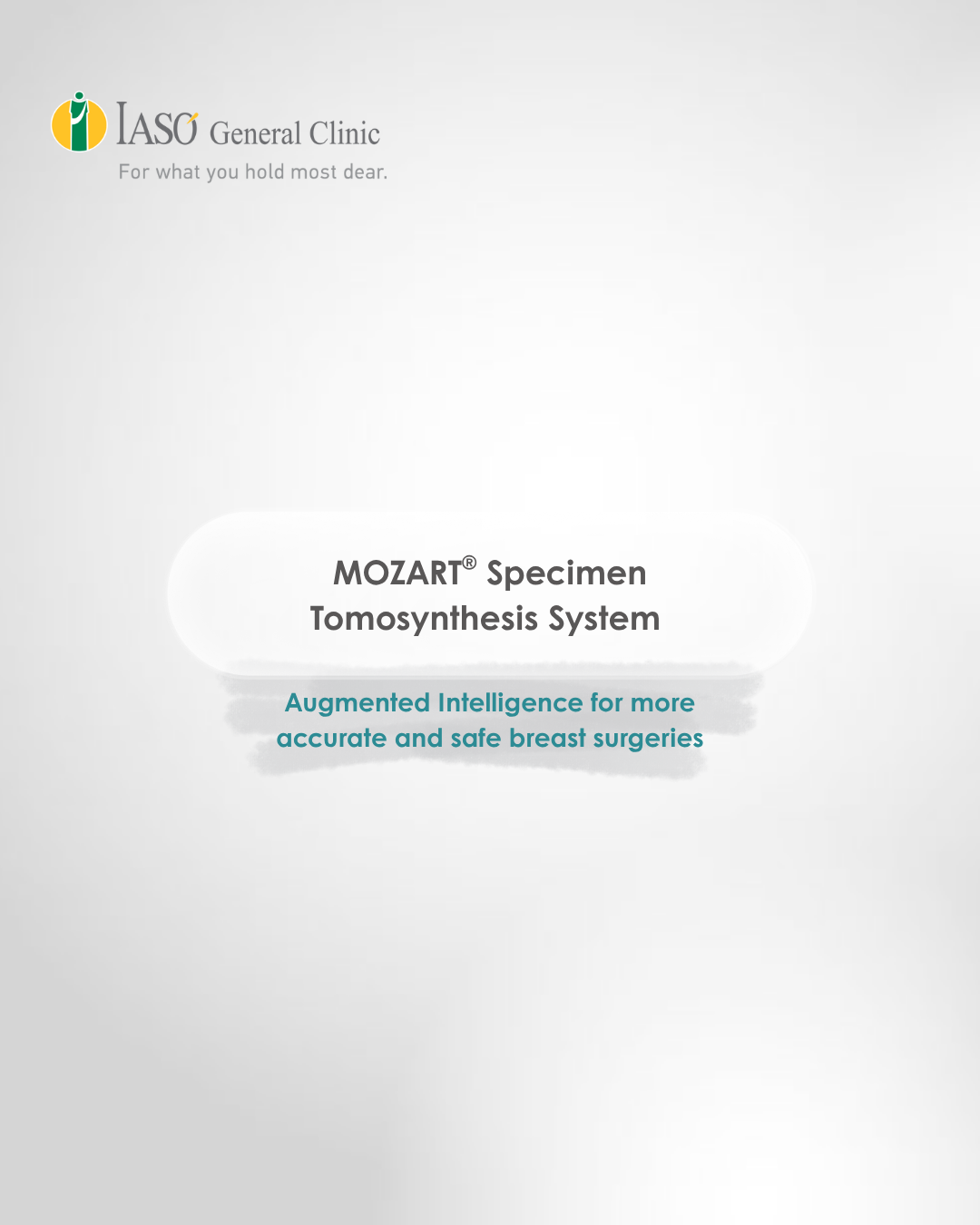Integrated treatment of tracheal stenosis by the most specialized medical team

Congenital Tracheal Stenosis (CTS) is a serious and rare condition. CTS is characterized by complete cartilaginous rings of the trachea (O-shaped instead of C-shaped rings) without the membranous portion, resulting in a reduction of the size of tracheal lumen.
Congenital tracheal stenosis is a birth defect and the cause is unknown. Acquired stenosis occurs due to intubation trauma, neck injury and tracheostomy itself.
Serious tracheal conditions in children are rare and only recently progress is reported in their surgical and medical treatment, enabling the successful treatment of such conditions.
Typically, a neonate will have noisy breathing, also called stridor. In severe cases, the child could stop breathing and turn blue. There could be associated cardiopulmonary anomalies for which the infant undergoes a surgery. The condition is diagnosed during either intubation, or extubation or when the child presents with repeated chest infections that are out of proportion than routine lung infections.
The acuteness of the symptoms depends on the seriousness and the length of the stenosis.
It is the symptoms, signs and more importantly, a suspicion of such a condition that points to its diagnosis. The diagnosis is confirmed during transnasal flexible laryngoscopy and tracheobronchoscopy, which allows the doctors to look inside the trachea using a telescope (bronchoscope) which shows a magnified image of the entire airway. The child will have a CT scan of the thorax, an ECHO (echocardiogram or ultrasound scan of the heart) to check related anomalies concerning the heart and large thoracic vessels.
Children born with very close airways suffer from respiratory difficulties and often die. The surgical treatment for tracheal stenosis was a very difficult surgery. The tracheal medical group of IASO is consisted of Cardiac Surgeons, Pediatric Cardiologists, Pediatric Anesthesiologists, Pediatric Pulmonologists, Pediatric Otorhinolargyngologists, Radiologists, Pediatric Intensive Care Specialists and Physiotherapists.
One of the applied surgical techniques is slide tracheoplasty, which includes cuts at the narrow tracheal part, which may have a diameter of few millimeters. Then the two parts are slid over, so that the tracheal part has normal diameter. Coexisting congenital heart diseases can be simultaneously surgically treated.

Slide Tracheoplasty








